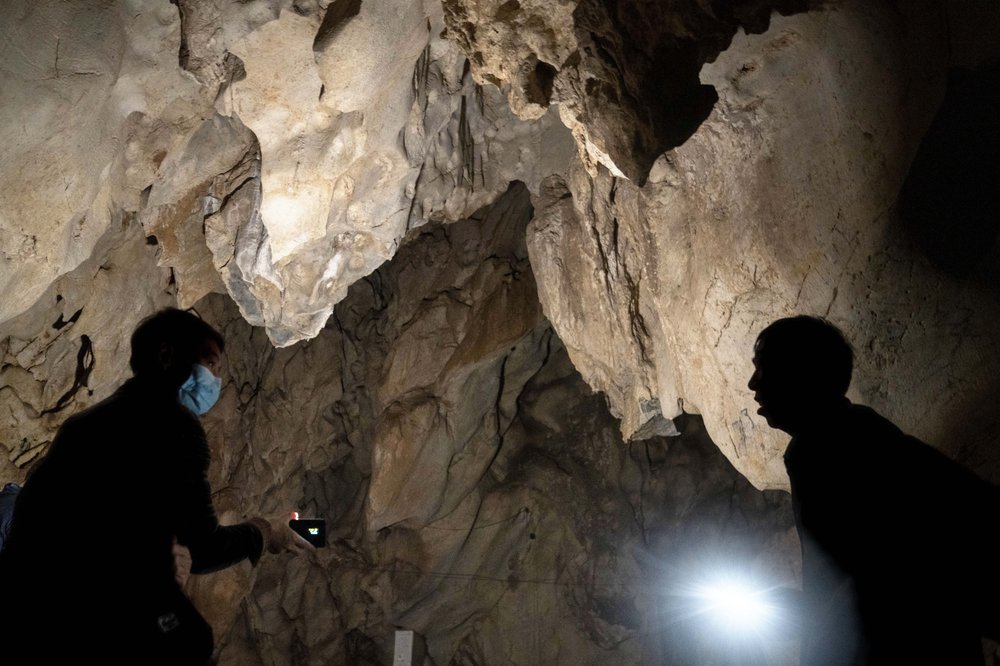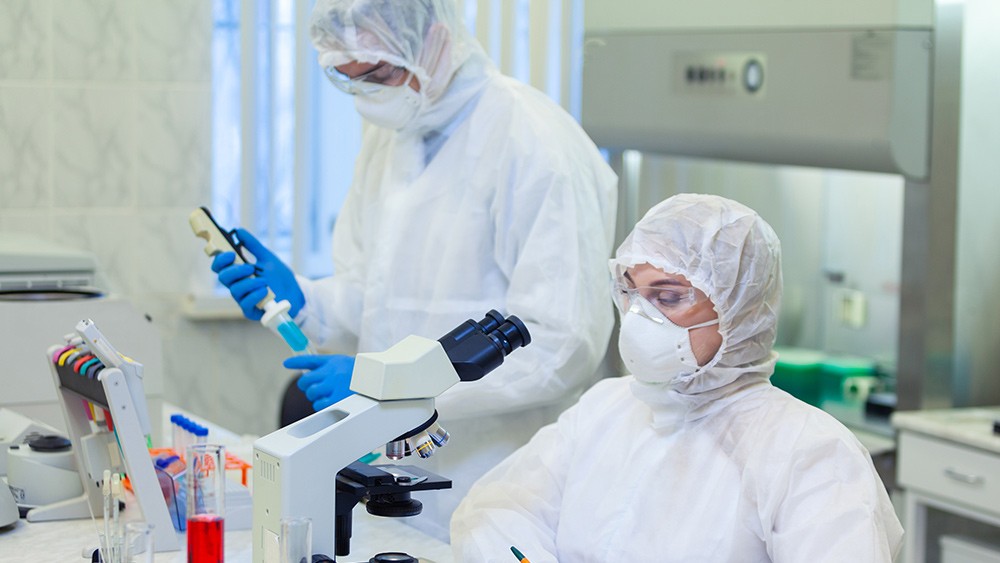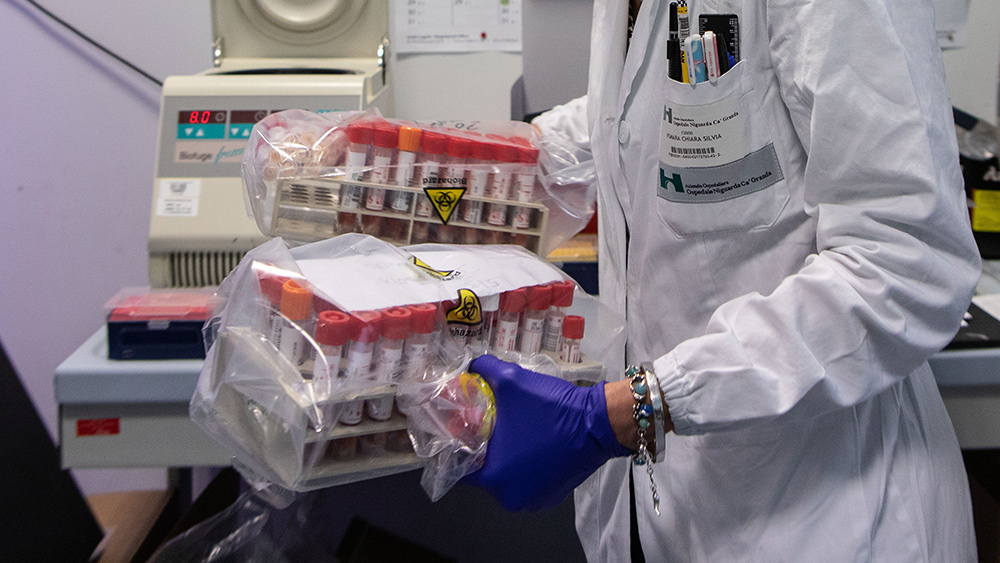Documents prove NIH funded coronavirus research in Wuhan
09/23/2021 / By Mary Villareal

A multimillion-dollar bat coronavirus research grant to a Chinese lab was revealed to have been funded by the National Institutes of Health (NIH). Documents indicate that researchers based in Wuhan, China, manipulated coronaviruses in ways that led to the severity of infection, using platforms that tested the ability of bat coronaviruses in using human receptors.
The grant documents underscore the dangers of collecting and experimenting on potentially pathogenic viruses and shed light on the U.S.-funded coronavirus experiments in Wuhan for five years before the Wuhan coronavirus (COVID-19) pandemic even began.
While the new information regarding the grant proposal and its interim reports did not definitively establish that it led to the pandemic, they do suggest that it was possible.
The NIH-funded grant was awarded to the U.S.-based EcoHealth Alliance in 2014 with EcoHealth President Peter Daszak as a “principal investigator,” along with several researchers based in China. Two of these researchers were working in China’s Wuhan Institute of Virology (WIV).
Ralph Baric of the University of North Carolina was a key collaborator on the grant. He provided expertise in mouse models for coronavirus infections. The grant was said to have been renewed in 2019 but was canceled in 2020 due to the pandemic.
A copy of the research plan and interim reports titled “Understanding the Risk of Bat Coronavirus Emergence” was obtained through litigation against the NIH and was made available for the public.
The document showed that the NIH grant was for $3.1 million, of which $599,000 went to the WIV and researcher Zhengli Shi, who specialized in the study of severe acute respiratory syndrome coronavirus-1 (SARS-CoV-1) and similar viruses.
Scientists have already posited the possibility of SARS-CoV-2 coming from a lab, with WIV as a possible source of the origin of the virus.
The grant claims that coronaviruses emerging from wildlife are a significant threat to global health, and bats, in particular, are a “natural reservoir” for these types of viruses.
The researchers said that they were set to examine the risk of future coronavirus emergence from wildlife, using a range of research techniques, and to understand what factors increase the risk of the next coronaviruses emerging in people.
The work involved screening over 30 species of bats for coronaviruses and then finding ways to develop strategies that assess the potential spillover of the bat coronaviruses to humans. It remains possible that in seeking how to avoid spillover events, their work caused one. (Related: Fauci’s NIAID awarded the grant that funded Wuhan lab to genetically modify bat-based coronaviruses.)
How the coronavirus could have spilled over from bats to humans
There are several scenarios that may have caused or contributed to the release of the coronavirus that led to the pandemic.
Among the scenarios include the collection and containment of the virus during fieldwork, where people could have easily been infected. The research involved extracting samples from bats in four different provinces: Yunnan, Guangdong, Guangxi and Fujian.
The researchers also acknowledged that their work had serious implications as some of the currently circulating bats in Southern China are likely to infect and replicate within people.
From 2012 to 2013, there was an incidence of the presence of a closely related coronavirus found by WIV scientists in a mineshaft in Yunnan province. Six miners were said to have experienced acute respiratory distress syndromes after exposure to bat feces in a mineshaft. Three of the miners died.
Analysis of early strains of the SARS-CoV-2 virus also showed that they may be more similar to bat viruses than previously thought. During lab experimentation with the said bat viruses, it is possible that a novel virus was produced with greater similarity to SARS-CoV-2 than reported in the NIH grant.
This experiment raises questions about the assertions from Anthony Fauci and NIH director Francis Collins that NIH-funded projects at the WIV did not involve gain-of-function research. Fauci testified before Congress in May that the NIH “has not ever and does not now fund gain-of-function research in the Wuhan Institute of Virology.”
However, the documents did not establish whether or not Fauci was aware of the work.
Scientists working under the NIH grant submitted summaries of their work, showing that when in the lungs of genetically engineered mice, three altered bat coronaviruses sometimes reproduced far more quickly than the original one in which they were based. The altered viruses are also seen as more pathogenic, with one causing the mice to lose weight significantly.
Read more coronavirus news and updates at Pandemic.news.
Sources include:
Tagged Under: Anthony Fauci, bat coronavirus, bird flu, coronavirus, covid-19, EcoHealth Alliance, gain-of-function experiments, influenza, pandemic, SARS-CoV-2, SARS-like pandemic, Wuhan lab
RECENT NEWS & ARTICLES
MedicalExperiments.News is a fact-based public education website published by MedicalExperiments News Features, LLC.
All content copyright © 2019 by MedicalExperiments News Features, LLC.
Contact Us with Tips or Corrections
All trademarks, registered trademarks and servicemarks mentioned on this site are the property of their respective owners.




















